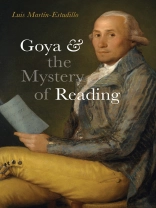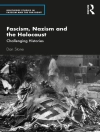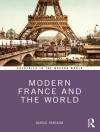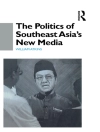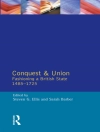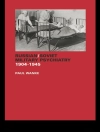Spanish artist Francisco de Goya (1746–1828) lived through an era of profound societal change. One of the transformations that he engaged passionately was the unprecedented growth both in the number of readers and in the quantity and diversity of texts available. He documented and questioned this reading revolution in some of his most captivating paintings, prints, and drawings.
Goya and the Mystery of Reading explores the critical impact this transition had on the work of an artist who aimed not to copy the world around him, but to see it anew—to read it. Goya’s creations offer a sustained reflection on the implications of reading, which he depicted as an ambiguous, often mysterious activity: one which could lead to knowledge or ecstasy, to self-fulfillment or self-destruction, to piety or perdition. At the same time, he used reading to elicit new possibilities of interpretation. This book reveals for the first time the historical, intellectual, and artistic underpinnings of reading as one of the pillars of his art.
This book is the recipient of the 2023 Norman L. and Roselea J. Goldberg Prize from Vanderbilt University Press for the best book in the area of art or medicine.
Inhaltsverzeichnis
Author’s Note
Introduction: Francisco de Goya and the Reading Revolutions
Chapter 1: Reading and Politics
Chapter 2: Reading and the Self
Chapter 3: Reading, Leisure, and Sensuality
Chapter 4: Reading and the Contours of the Human
Afterword: Words Written at the Edge of Shadows
Notes
Bibliography
Image Credits
Index
Über den Autor
Luis Martín-Estudillo is a professor and Collegiate Scholar at the University of Iowa. He is executive editor of the Hispanic Issues series.
